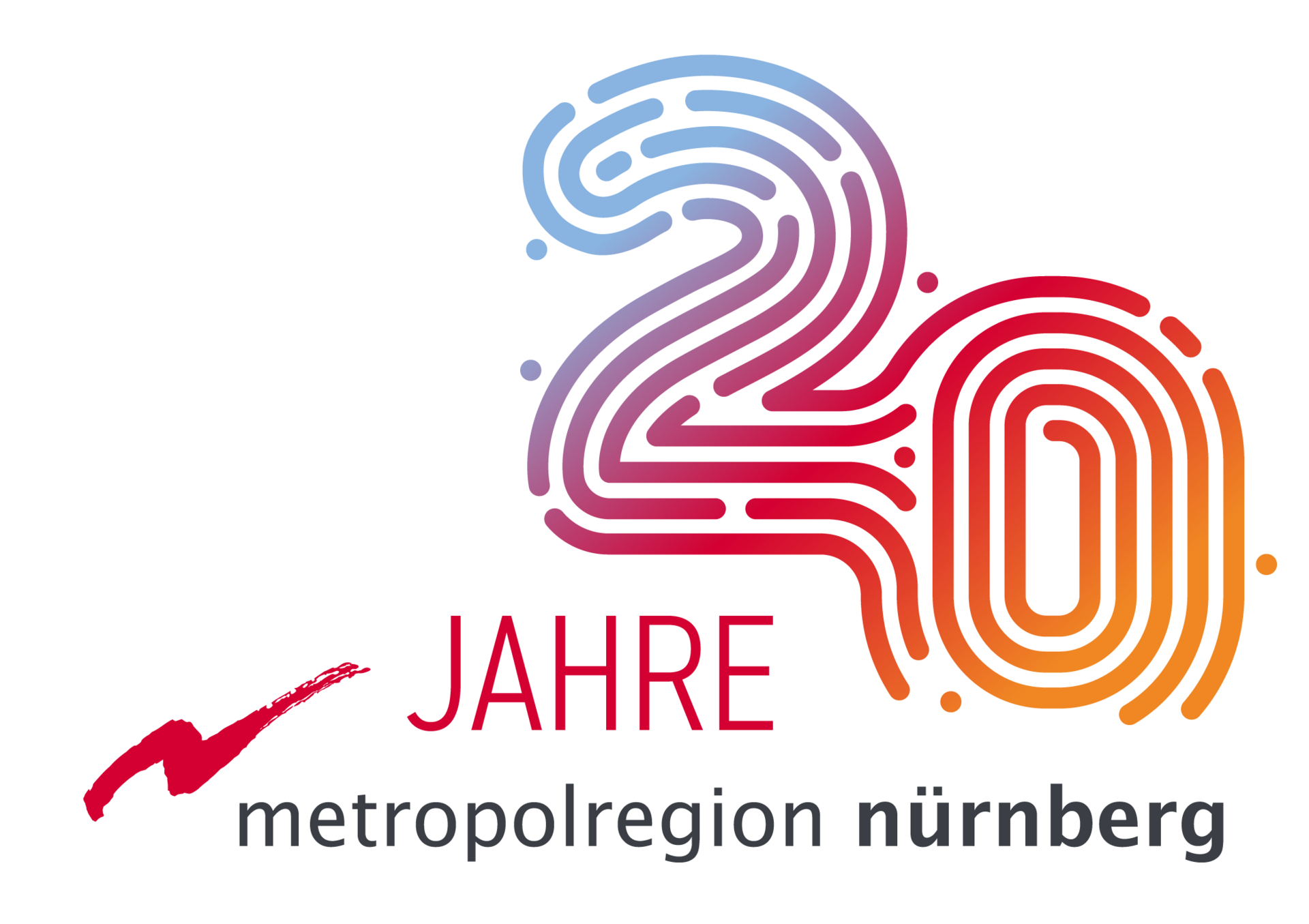Automated shunting locomotives for sustainable mobility
The "Tiger locomotive" from a research project of the Institute of Automotive Engineering at the Technische Hochschule Nürnberg can carry out shunting tasks independently.
Making shunting tasks efficient and therefore cost-effective is an important aspect when it comes to shifting freight transportation to rail. A research project at the Institute of Automotive Engineering (IFZN) at the Technische Hochschule Nürnberg Georg Simon Ohm (Ohm) has been looking into how an automated locomotive can carry out shunting tasks independently at the container terminal of the JadeWeserPort in Wilhelmshaven: Initial tests with the demonstrator, the "Tiger locomotive", were successful.
Shifting freight transport from road to rail is a contribution to sustainable mobility and to achieving climate protection targets. Above all, the economic disadvantages of rail freight transport must be eliminated: Bottlenecks and major cost drivers are shunting tasks in which trains are assembled, separated or moved to the desired tracks in railroad stations, freight loading terminals or in the depot area. They account for up to a third of total transport costs, as they are labor-intensive and time-consuming. "These shunting tasks are currently characterized by manual activities, such as coupling and uncoupling freight wagons, arranging the wagon sequence, observing the track and surroundings during shunting and communication between the train driver, shunting and signal box personnel," explains Prof. Dr.-Ing Christina Singer, project manager at the Ohm within the "ShuntingTerminal 4.0" project, a joint IFZN project with other cooperation partners. Further challenges in the implementation of shunting tasks are the coordination between locations whose information statuses are not synchronized, as well as the high risk of errors and the limited number and duration of possible handling operations.
An automated shunting locomotive can be a good way of meeting these challenges: The RT40 digital dialog system developed in the research project bundles information from various sources into a shunting order. In future, the system can replace communication between the dispatching system, the dispatcher and the shunting locomotive. The shunting order, which includes the set route, the train data and the shunting activities to be carried out (e.g. coupling), is transmitted to the locomotive's control unit, the ADCU (Autonomous Decision and Control Unit) developed at the IFZN, via additional digital modules.
To carry out the shunting task, the ADCU creates a virtual map of the route set by the control center based on the data from the shunting order. A positioning module determines the current position of the locomotive. This data can be used to locate the locomotive on the virtual map and generate appropriate driving instructions (e.g. braking, accelerating). The top of the locomotive is equipped with a sensor box developed at the IFZN for route monitoring. Possible obstacles in the track, such as people or incorrectly parked wagons, can thus be detected and forwarded to the ADCU control unit, which initiates a braking instruction when an obstacle is detected in the track, taking into account further data (including current speed, width of the clearance gauge, weight and length of the train).
The systems developed in the project were tested extensively both in the simulation and in the real test field at JadeWeserPort in Wilhelmshaven: the automated locomotive handles various shunting tasks, from a simple shunting run to a destination point, to attaching to corresponding wagons, to running with a pulled or pushed unit. This proves that the so-called demonstrator, a locomotive equipped with the described technology, can be integrated into the existing infrastructure and processes at JadeWeserPort. The project thus makes an important contribution to shifting freight handling from port hinterland traffic to rail and thus to the climate-neutral design of mobility processes.
"We are delighted to have played a key role in the development and testing of the automated shunting locomotive at JadeWeserPort and to be able to make a valuable contribution to the development of innovative and sustainable mobility solutions with our expertise in the field of automated rail vehicles," says Singer.
The Institute of Automotive Engineering (IFZN) at the Technische Hochschule Nürnberg cooperated in the joint project together with JadeWeserPort Realisierungs GmbH & Co. KG and Container Terminal Wilhelmshaven JadeWeserPort-Marketing GmbH & Co. KG, Westfälische Lokomotiv-Fabrik Reuschling GmbH & Co. KG, dbh Logistics IT AG, the German Aerospace Center and TÜV Rheinland. The project was funded by the Federal Ministry of Digital and Transport as part of the Innovative Port Technologies (IHATEC) funding guideline and celebrated its successful completion at the end of 2023.


